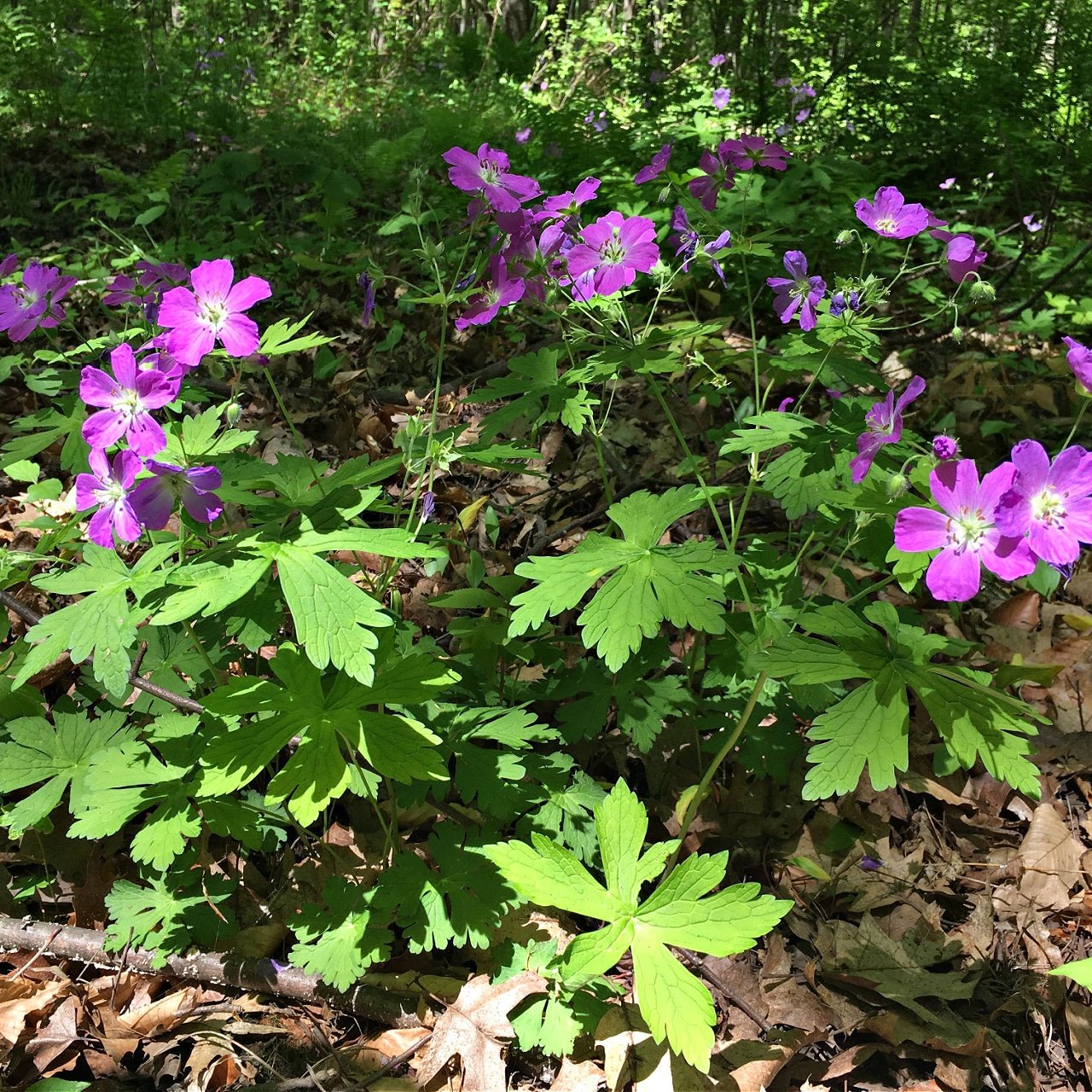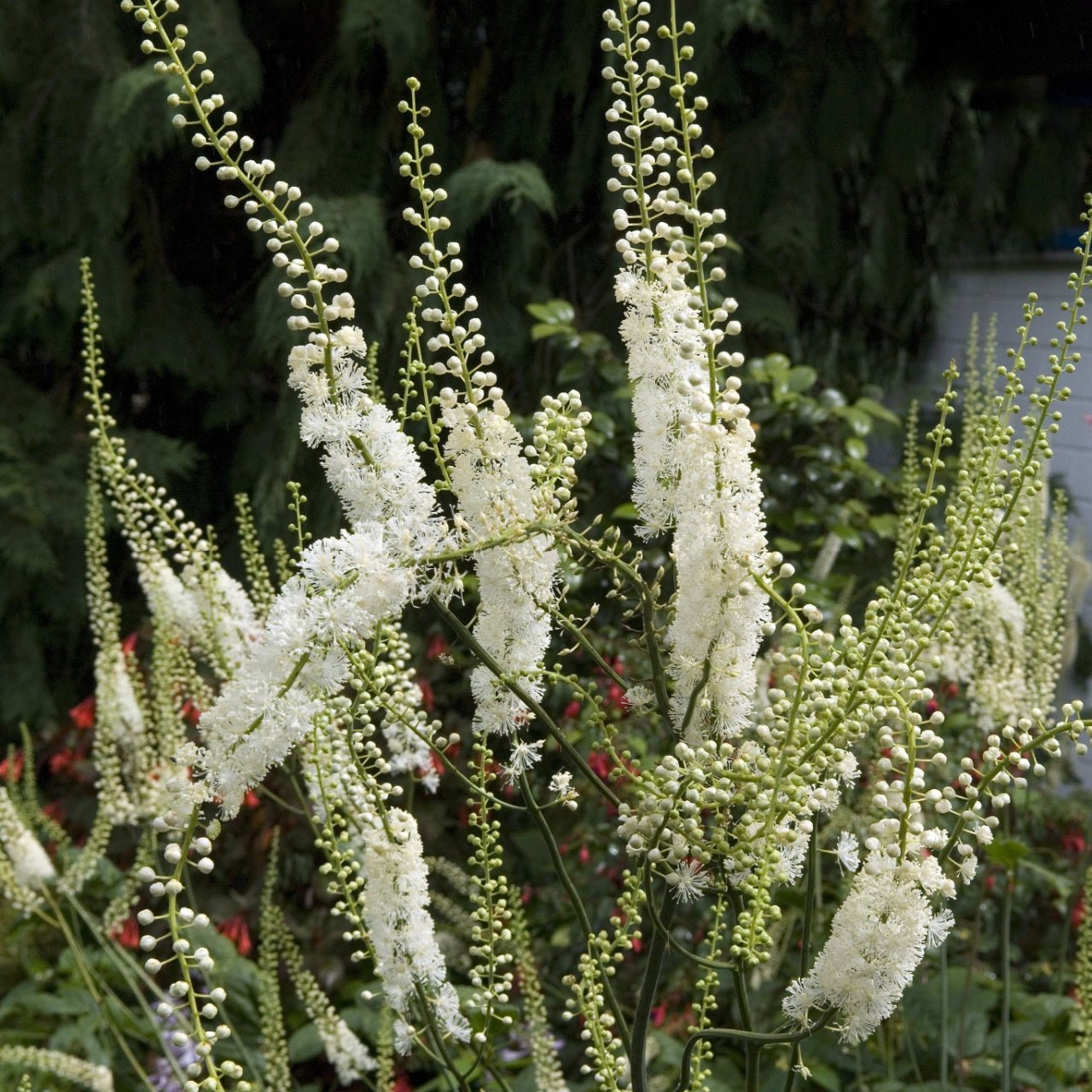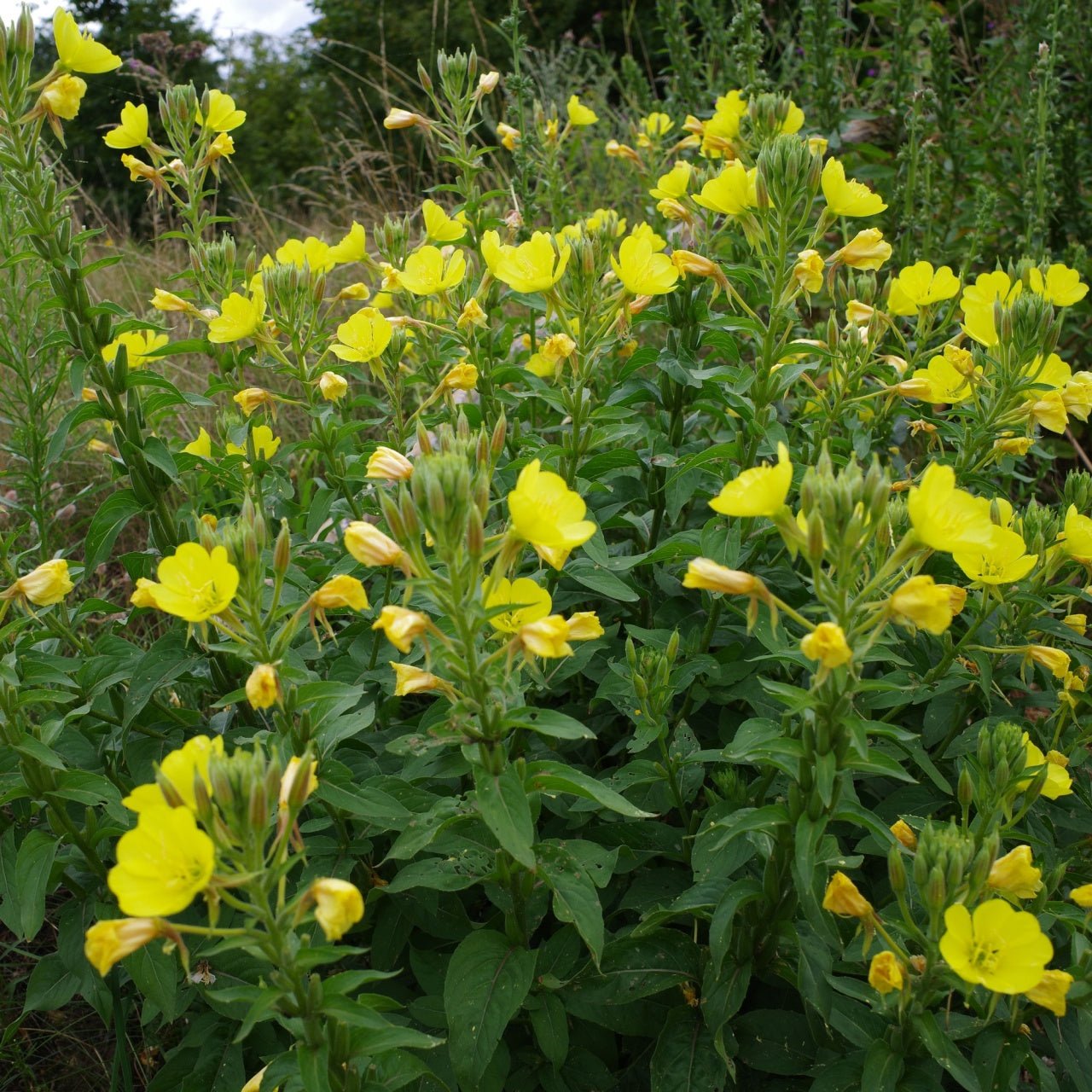Beautiful Sweet William Plants
The plant, Sweet William, is well-regarded perennial plant found throughout the continent of North America. It is a low- maintenance type of plant and is very hardy. The preceding statement means that the plant is grown quickly, almost anywhere. It is a very colorful plant and is mainly considered a Biennial flower. Biennial is just as the name suggests: The plant grows for two years. It provides the grower with blooms during the second year.
The plant is native to Europe; however, it is grown readily throughout the United States. It is unlikely that the grower of Sweet William has not seen it before. It is very recognizable once the gardener finds it at his local gardening center. The flower, generally, has a light color hue in its very center, a much darker shade on its petal, and then a lighter color hue matching the tone located within the very center of the flower.
For example, if the grower’s flower were considered pinkish/red, the shades would vary, such as white and light pink center, red coloring, about the most significant portion of the flower, and then the flower is fringed pink. Other combinations may include a very light pink middle and then red around the center, extending to the outside of the flower.
The remainder of this lovely plant is very green and captivating regarding its stem and leaves. The blooms, too, appear very delicate. That said, the flower comes in various shades and provides much cheerfulness regarding the gardening arrangement.
A great many growers rightfully describe the plant as compact and very colorful.
As indicated above, the plant's hardy zones are generally inclusive of the entire country: The preceding statement is owing to the plant itself since it is so hardy. Therefore, it is possibly an excellent plant for the beginning gardener and the gardener with a great deal more "green thumb" experience.
That is not all. There are varieties of the Sweet William plant. Even though many Sweet William plants are considered biennials, there are perennial Sweet Williams. The perennials, though, are frequently grown with Biennials. The perennial plant is a plant that lives for more than two years. The term helps differentiate plants from that shorter living annuals and biennials. The perennial plants are usually grown, as indicated within the text above, with the Biennials.
The plants grow, in height, from seven to eighteen inches tall. The height of the plant depends a great deal on the variety of the plant. The blooms the plant produces come in clusters, and the presentation of these lovely clusters come in Springtime. The associated color hues of the Sweet William plant include red, white, pink, scarlet, crimson, purple, and multiple colors or bi-colors.
The compact plant size of Sweet William makes it a terrific plant to place inside of a container. It is suggested that the grower place the plant on a windowsill. Within the gardening arrangement, the plant is best put toward the front of the garden.
Many growers attest that the Sweet William plant is terrific in the form of cut flowers.
The Sweet William grows best in soil that is loose and rich. Such soil drains well. The water should flow smoothly through the plant's soil and must never pool, which is considered complex and compact on top of the ground. Some growers will mix up the existing land of the plant and supplement it with potting soil. When the following task is performed, the plant is provided with a great deal of more nutrients.
The pH of the soil does not require testing, as it applies to the Sweet William plant. That said, several growers make adjustments to the pH of the soil. The change can be made, ever so slightly, to provide alkaline to the plant—around 6.75. The adjustment is recommended for persons who have a gardening kit. The garden supply kit is available at retailers who sell gardening supplies. However, the following stated, it is not essential that the adjustment comes into play since the Sweet William plant is already hardy in the first place.
As a slight digression: Soil pH, in explanation, to the beginning grower, affects the solubility of minerals. The standard range is four and five-tenths to nine, with seven being neutral. When the numbers are below neutral, the acidity increases; The numbers that rise above neutral indicate alkaline soil. The terminology of pH represents the potential hydrogen (H) and nutrients within the ground.
The hydrogen and other nutrients must be well dissolved within the field before the plant absorbs them. It is correct to state that fourteen of the seventeen nutrients relative to a healthy plant are derived from the soil. Most plants do well with a pH level of approximately six and five-tenths (6.5). That is to say, the more significant portion of cultivated plants do best when the soil is acidic since nutrients are more soluble in acidic soil.
Since Sweet William grows well in so many zones, it is best to address how it should be grown within these respective zones. Within the United States, Sweet William is built as a biennial within zones three through nine. Within zones three through nine, the plant can be propagated by way of division. The plant can be divided into zones seven through ten.
The plant, as well, can be propagated by taking its cuttings from the very ends of shoots, which are growing or using layering, during the summertime. The plants are also ideal inside rock gardens and as borders. The colorful plants look excellent along walls made of stone, where a bit of color is required.
Persons are interested in knowing how to plant and care for Sweet William (Dianthus Barbatus). It is correct to state the plant appears colorful and inviting when used in mass plantings. As indicated within the above text, it makes for an ideal border arrangement. The plant helps brighten up a patio in the way of a plant inside a container. However, the plant is grown widely as an annual, already indicated, is grown, too, as biennial and perennial, within the zones of three and nine.
The plant is well known for its highly delicate flowers. The flowers feature five petals and offer the growing enthusiast the beauty of serrated edges. Sweet William can bloom from the middle of spring until the first frost—when the grower adheres to its proper care. Particular attention is needed as to the watering of the plant.
The following steps outline the details associated with the care of the Sweet William plant:
One: The first step in the plant's responsibility is to plant Sweet William in soil considered precious and fertile. The land must be humus-rich or have some organic component to it. It is wise for the grower to drain the plant to prevent the roots from rotting. The plant is best planted in natural light, where there is partial shade during the afternoon. The plants are best planted, too, with a spacing of twelve inches, between them. Persons with poor soil can blend a few inches of organic materials, like leaf mold, compost, and sphagnum peat, into the regular ground. The blending is best achieved by using a garden hoe or a rototiller.
Two: The gardener is wise to spread two to four inches of organic mulch around the plant to prevent weeds. The mulch, too, insulates the plant's roots and allows for moisture retention. Bark mulch is suggested.
Three: It is best to water the plant on an as-need basis. In so doing, the grower can maintain the soil composition, keeping it evenly moist. Evenly moist is best, wherein not too much water is applied. A very generous watering of the plant is suggested, once a week, and should prove sufficient for the plant. The plant, however, may require water twice per week when the intensity of the summer heat is well above average. The grower waters the soil surrounding the Sweet William plant instead of spraying the water directly upon it. The grower must not spray water on the plant's leaves or onto its crown. When the water is administered correctly around the plant, the other action prevents issues pertinent to crown rot.
Four: The expert "green thumb" will wish to apply a water-soluble fertilizer to the Sweet William Plant. The recommended fertilizer should be 10-10-10 for the plant. The manure is best added to the plant every two to four weeks. The compost can accelerate plant growth—that is if the grower favors it. The fertilizer is best dissolved in water. Applying the mixture to the soil surrounding the Sweet William plant is best. Alternatives in fertilizer are organic and include mulch, fish emulsion, bone meal, and compost.
Five: It is suggested that the grower frequently deadheads this perennial flower. (Deadheading is pinching or cutting off the flower stem, below the flower that is spent and directly above the very first complete, healthy set of leaves.) The action of deadheading plants encourages blooms to appear throughout the growing season. In other words, it is wise for the grower to remove the flower's blossoms before they fade off completely.
The Sweet William plant can grow up to a maximum of three feet in height, with a generous spread of three feet. This fact makes it a certainty that if the grower prefers it, they may shear the plants when most blossoms fade away. The action of deadheading allows the plant to grow well as a Perennial.
Six: Plant monitoring is necessary. The plant is best monitored for pests, such as slugs, sowbugs, grasshoppers, snails, and crown rot. When problems associated with decay occur, the grower reduces the intensity of watering the plant. Pests can be removed by hand and relocated somewhere else within the garden.
To take care of the Sweet William Plant; the gardener is wise to purchase the following necessary tools and items:
A shovel;
Trowel,
A rototiller,
Organic materials,
A gardening hoe,
Bark mulch,
Fertilizers are considered water-soluble, and
Gardening shears.
Tip: The plant, in most areas of the country, becomes available in nurseries in the Springtime. The plant blooms within the same year; however, seeds can be sown in the summertime, and the plant will grow, accordingly, during the following year. Plant height ranges from twelve inches to twenty-four inches.
When Sweet William is grown from seedlings, the plant can be directly seeded into the garden or seeded inside for transplantation later. The seeds should be sown and covered, accordingly, with 1/8" of potting or refined garden soil when it comes to improving the seeds. After being planted, the seedlings are watered very thoroughly—once.
When blooms are desired in Springtime, the grower may start growing the plant within 6 to 8 weeks before the last frost. The plant can be transplanted, into the garden, after the last frost date, within the grower's region; The plant is, again, hardy and will tolerate a bit of crowding. The plant looks engaging within the flowerbed or as a border.
You can buy Sweet William at TN Nursery.
Read more

Flowering Shrubs Enhances Landscaping Flowering shrubs do indeed enhance the landscape. If they’re planted in suitable soil, climate and light, they can give years of enjoyment. Besides all sizes...

Moss For Sale at Tn NurseryMoss can easily be seen growing in the woods or covering rocks in shady, wet environments. Japanese gardens use moss to create a tranquil atmosphere with hues of deep gre...
Family Owned and run with pride
Nestled in the heart of Middle Tennessee, TN Nursery is a proud family-owned business rooted in tradition, quality, and a deep love for plants. For generations, we’ve been dedicated to providing exceptional service and building lasting personal connections with gardeners, landscapers, and nature enthusiasts across the country. Our mission is to make planting and gardening more accessible, enjoyable, and rewarding—whether you’re a seasoned horticulturist or just starting your first flower bed.
We specialize in expertly grown native plants, perennials, shrubs, trees, and ferns that thrive in a variety of climates. Every plant we offer is carefully nurtured on our farm to ensure strong root systems, healthy growth, and long-term success in your landscape. From vibrant evergreens to colorful blooms and ground covers, we offer an expansive selection to help you create the outdoor space of your dreams.
At TN Nursery, we believe in more than just selling plants—we’re here to help you transform your garden into a place of beauty, sustainability, and joy. Our knowledgeable team is always available to answer questions, offer guidance, and share tips to ensure your planting experience is a success. Join our growing family of happy customers and let us help you bring your garden vision to life.





